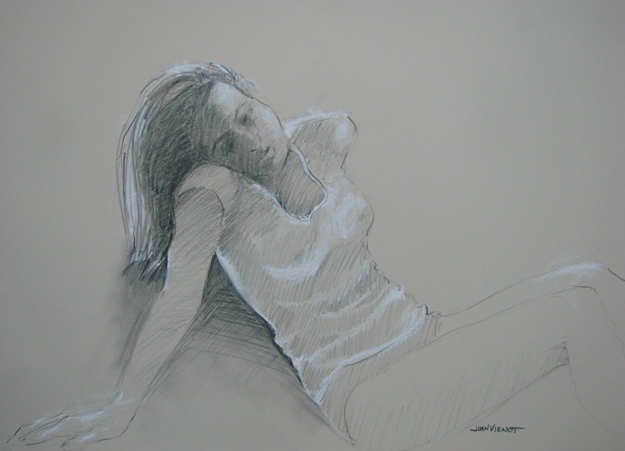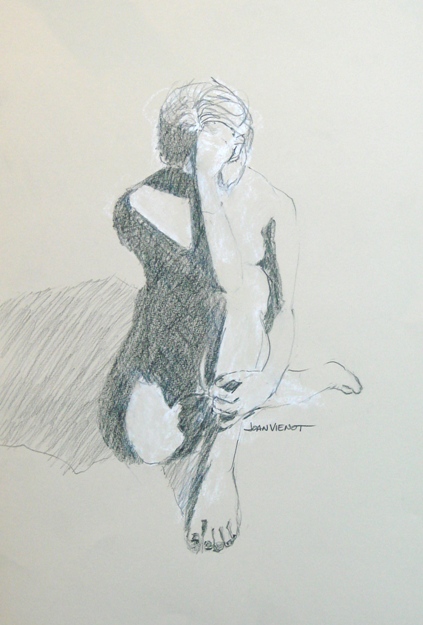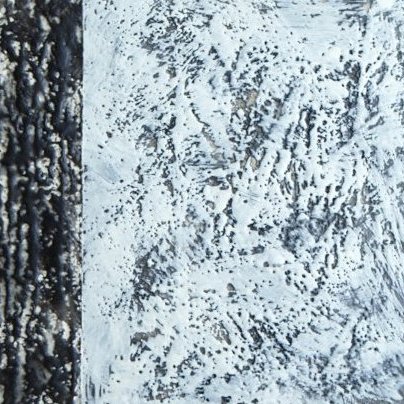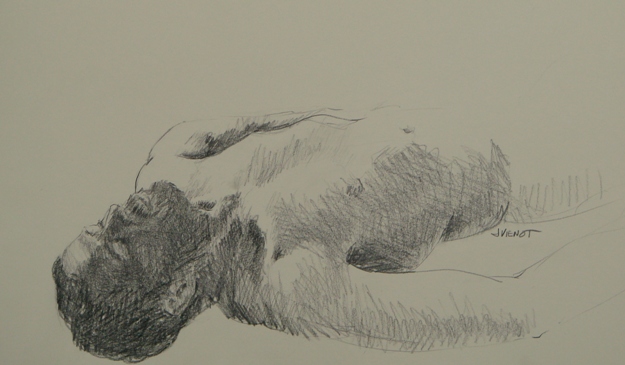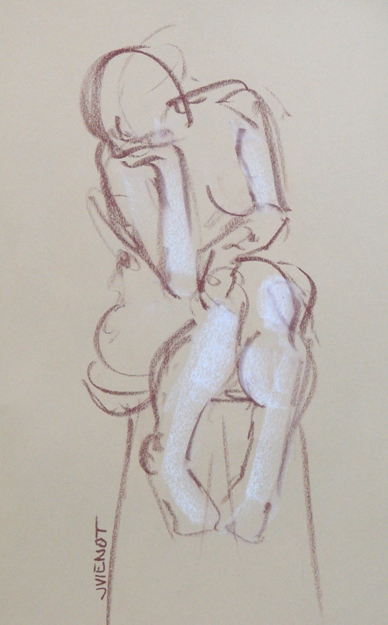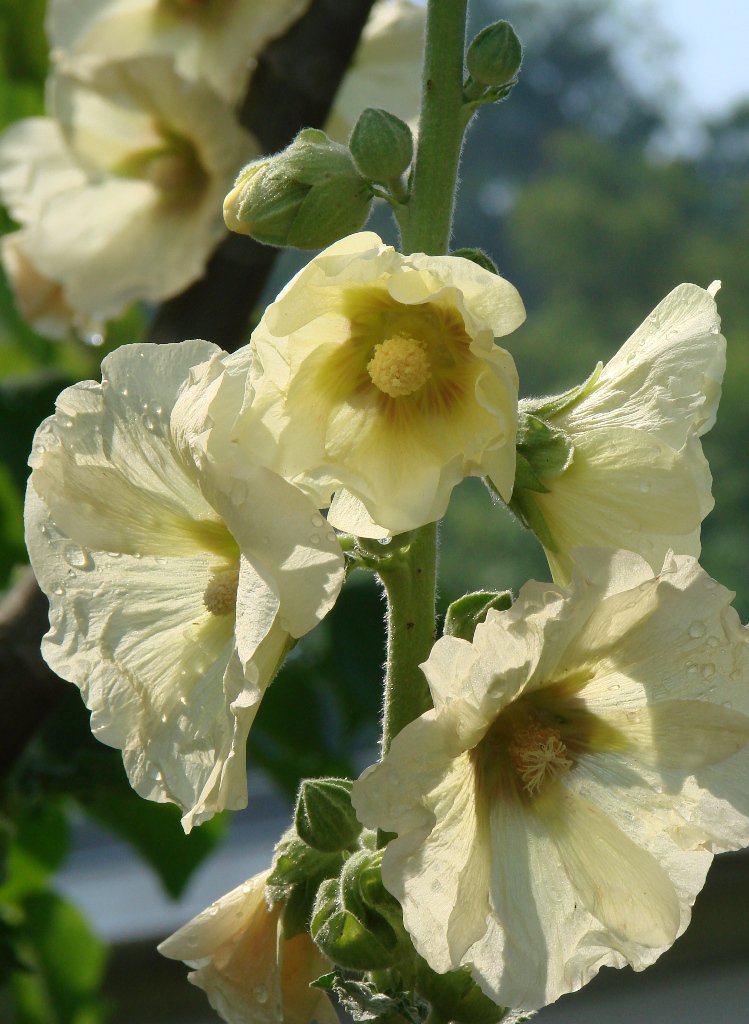

Since my favorite subjects for photography are outdoor nature scenes and landscapes, I was thrilled to be asked to shoot photos and video of stand-up paddlers in Chattanooga, TN, where every shot is scenic. I was shooting for Leslie Kolovich, host of the Stand Up Paddle Radio Show, for advance publicity for Stand-Up Paddling events newly added to the Chattanooga River Rocks Festival schedule this year in October.
My approach to nature photography is to watch where the light is doing something extraordinary and then to capture that. Rarely do I do much with post processing, other than perhaps crop a little here or there to help the composition.
The photo at left was taken at the Webb Brothers country store at Reliance, Tennessee, on the bank of the Hiwassee River where the stand-up paddlers were navigating some whitewater. The sun was shining from above and behind the hollyhocks, rendering the petals semi-transparent, and offering rim lighting on the fuzz on the stem and buds. I didn’t enhance anything digitally, but I did trim the right side just a little, to make the composition more interesting. Otherwise, no need to improve on Mother Nature!
Leslie interviewed me after the show. The following link opens the podcast, and my segment is well into the second half of the podcast:
The story and some of the other photos are posted in The Stand Up Paddle Radio Show website, at http://www.supradioshow.com/2011/06/chattanooga/
The “On the Road With Leslie” is published with my photos in the print magazine, The Standup Journal. Here’s a sample (link).
Most of my images are available for purchase. Contact me if you are interested. — Joan Vienot
















